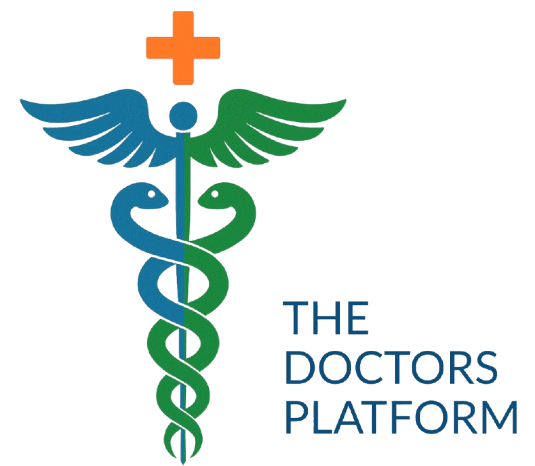Recommendations
- Clinicians should ask patients with CHD about tobacco status at every visit and urge zero exposure to tobacco smoke. Patients who continue to smoke should be referred to special programs, and pharmacotherapy with nicotine replacement and bupropion should be considered.
- Blood pressure goals for patients with CHD are generally less than 140/90 mm Hg, although patients with concomitant diabetes or chronic kidney disease should have a blood pressure less than 130/80 mm Hg. The authors advocate components of the Dietary Approaches to Stop Hypertension diet, including increased consumption of fruits, vegetables, and low-fat dairy products, to lower blood pressure. Beta-blockers and ACE inhibitors are first-line agents for reducing hypertension in these individuals, and drugs such as thiazide diuretics can then be added to reduce blood pressure levels to goal.
- Dietary therapy for cholesterol control should be instituted for all patients with CHD. No more than 7% of daily calories should be derived from saturated fat, and total cholesterol intake should be less than 200 mg/day. Plant sterol intake of 2 g/day or more or intake of viscous fiber totaling more than 10 g/day can also reduce LDL-C levels. Fish consumption or omega-3 supplements of at least 1 g/day can also improve cholesterol levels.
- LDL-C levels should be less than 100 mg/dL in patients with CHD. Reduction of LDL-C to levels of less than 70 mg/dL is also reasonable. In patients with triglyceride levels of 200 to 499 mg/dL, the goal for non-HDL-C is less than 130 mg/dL. Fibrates or niacin is first-line therapy for patients with triglyceride levels higher than 500 mg/dL to reduce the risk for pancreatitis prior to statin therapy.
- The Adult Treatment Panel III guidelines to lower LDL-C to under 100 mg/dL (but not < 70 mg/dL) for patients with diabetes or with a 10-year CHD risk level of more than 20% have not changed.
- Patients with CHD should partake in 30 to 60 minutes of moderate-intensity aerobic exercise at least 5 days per week, and the authors also recommend resistance training at least twice per week.
- Weight should be managed to achieve a body mass index between 18.5 and 24.9 kg/m2 and a waist circumference less than 35 inches in women and less than 40 inches in men. The initial goal of weight loss therapy should be 10% of body weight.
- Diabetes should be managed to achieve a goal glycated hemoglobin level less than 7%.
- Aspirin at a dose of 75 to 162 mg/day should be continued indefinitely for patients with CHD unless contraindications to aspirin therapy exist. Treatment with aspirin should be initiated within 48 hours of coronary artery bypass grafting. Clopidogrel, 75 mg/day, can be used in combination with aspirin therapy for up to 1 year among patients with acute coronary syndrome. Clopidogrel and aspirin should also be used for at least 1 month after a bare metal coronary artery stent is placed, for at least 3 months among patients with sirolimus-eluting stents, and for at least 6 months among patients with paclitaxel-eluting stents.
- ACE inhibitors should be used for all patients with CHD and a left ventricular ejection fraction less than 40%, hypertension, diabetes, or chronic kidney disease. Angiotensin receptor blockers may be considered for patients with those same indications who can not tolerate ACE inhibitors. Aldosterone-blocking agents may be used with beta-blockers and ACE inhibitors among patients with congestive heart failure.
- Beta-blockers should be initiated and continued indefinitely among all patients with CHD with or without symptoms of heart failure.
- Patients with CHD should receive an annual influenza vaccination.
This page is restricted. Please
Login /
Register to view this page.

